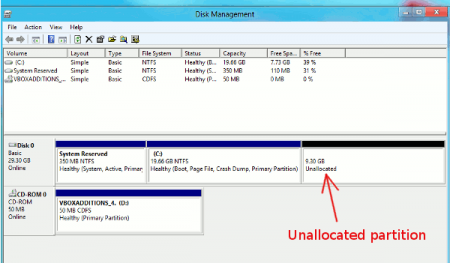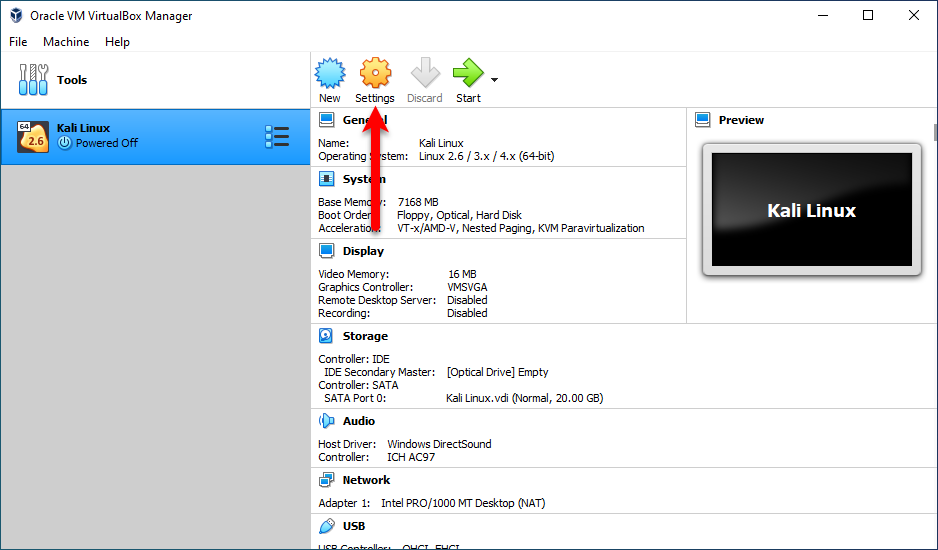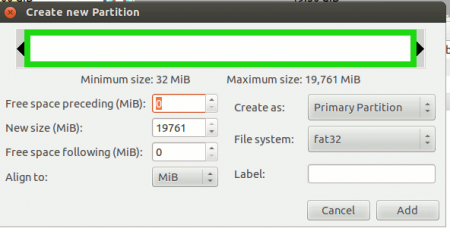

SSH to your VM with the appropriate credentials. To use an expanded disk, expand the underlying partition and filesystem. The following example starts the VM named myVM in the resource group named myResourceGroup: az vm start -resource-group myResourceGroup -name myVM For a table of the available managed disk sizes and tiers, see Azure Managed Disks Overview - Pricing and Billing. When you expand a managed disk, the updated size is rounded up to the nearest managed disk size. In the following samples, replace example parameter names such as myResourceGroup and myVM with your own values.

If you do not already have a VM that you can use, see Create and prepare a VM with data disks. This article requires an existing VM in Azure with at least one data disk attached and prepared. Make sure that you have the latest Azure CLI installed and are signed in to an Azure account by using az login. Or an Azure Resource Manager template with an API version that's or newer.Not supported for Ultra disks, Premium SSD v2 (preview) disks, or standard HDDs.If a disk is already greater than 4 TiB, you can expand it without deallocating the VM. If a disk is 4 TiB or less, you can't expand it beyond 4 TiB without deallocating the VM.This feature has the following limitations: You can now expand your managed disks without deallocating your VM. Expand an Azure Managed Disk Expand without downtime

For more information, see the Azure Backup quickstart. Always make sure that your filesystem is in a healthy state, your disk partition table type will support the new size, and ensure your data is backed up before you perform disk expansion operations.


 0 kommentar(er)
0 kommentar(er)
